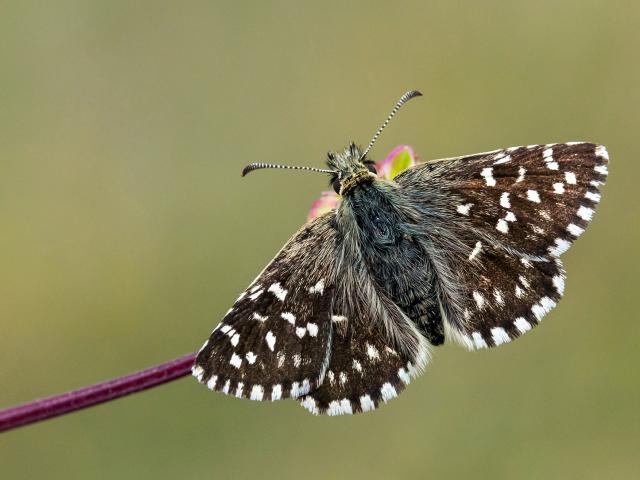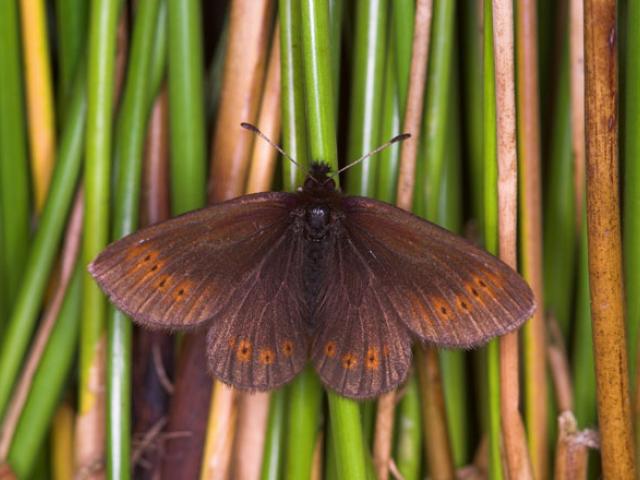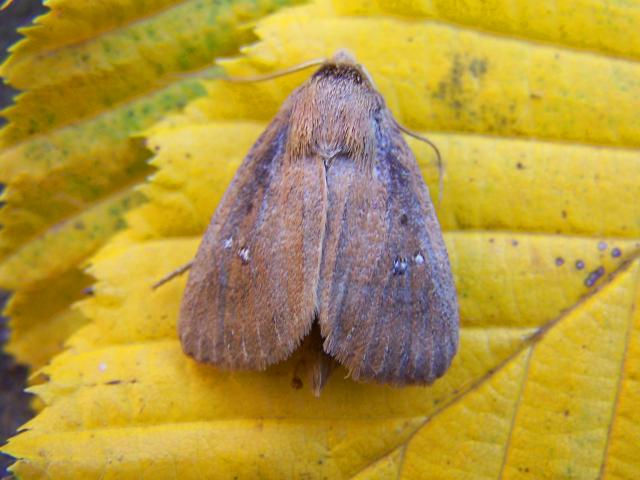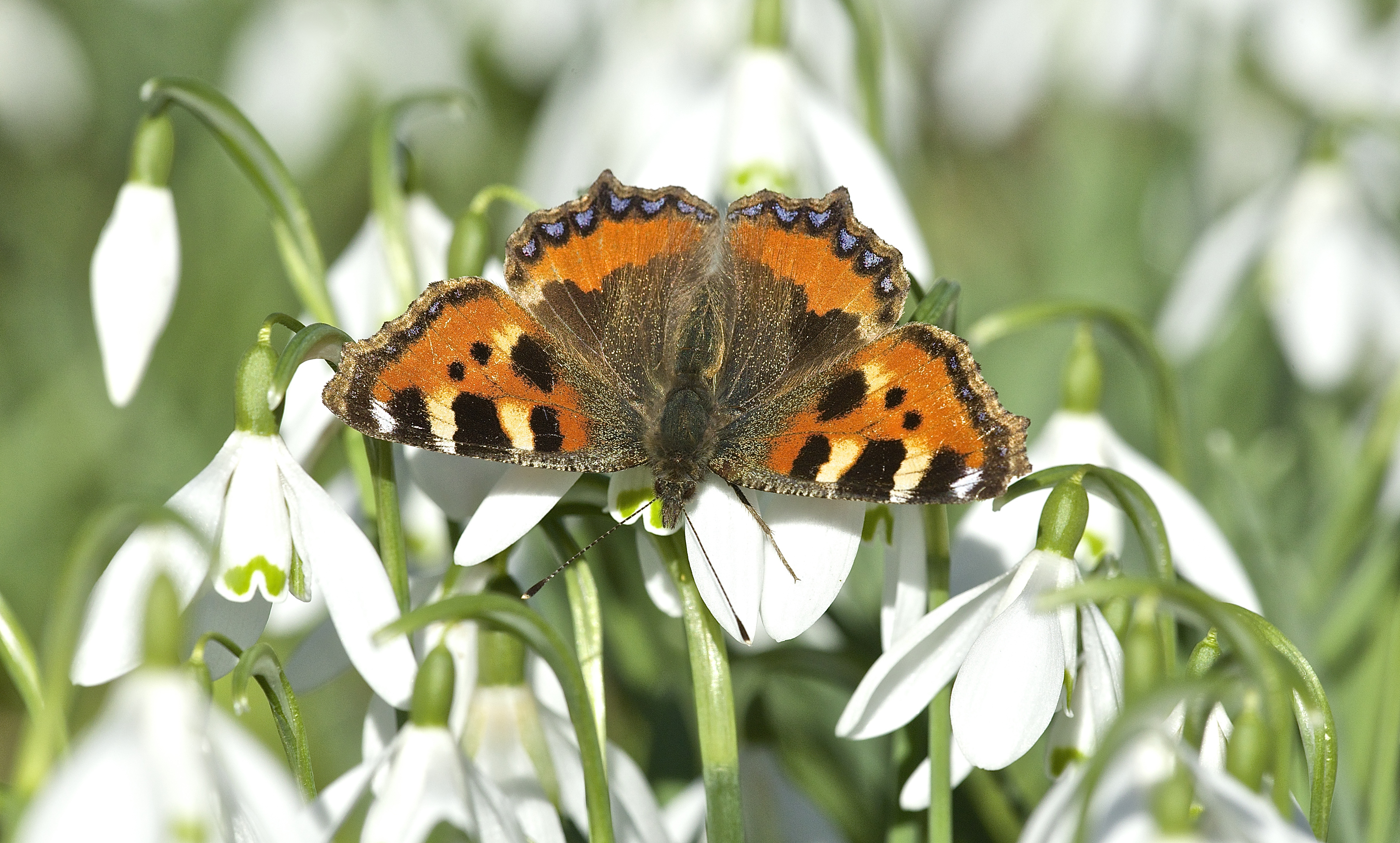Weather-wise 2018 has been a year of extremes. The Beast from the East blew in bringing heavy snow in March yet two months later we were basking in higher than average temperatures, which led on to a heatwave rivalling the famous summer of 1976. This year there has been more than 200 natural disasters around the world. Heart-wrenching footage of displaced families in the aftermath of earthquakes, tsunamis and wildfires have dominated our news feeds.
Climate change
Talking about the weather has become more than idle chatter. The trends are hard to ignore and climate change is no longer the elephant in the room. Sir David Attenborough spoke this week at the United Nations Climate Change Conference (COP24) in Poland, urging leaders to take measures to protect the environment - before it’s too late.
“If we don’t take action, the collapse of our civilisations and the extinction of much of the natural world is on the horizon.”Sir David Attenborough, December 2018
Our changing climate is already influencing the distributions of butterflies and moths in the UK. Mild winter conditions can lead to increases in disease and predation as well as disrupting normal lifecycles, while temperatures in spring determine when many species emerge. More dramatic weather events can wipe out whole colonies. Caterpillars are particularly vulnerable as they rely on the plants that can be destroyed by floods or drought.
The weather at different stages of species development affects population numbers in any given year. A higher than average mortality rate will lead to fewer offspring to breed in the following generation. When unstable conditions persist we see long-term declines and even extinctions.

A dangerous combination
The destruction of butterfly and moth habitat is another major driver behind butterfly declines. When lack of habitat is coupled with climate change it means species are less able to find suitable places to live.
Grizzled Skipper numbers have more than halved since the 1970s. This butterfly is currently restricted to southern England with a handful of isolated colonies left in Wales. A warming climate should enable this species to spread northwards but its opportunities to do so have been severely hampered as agricultural fertilisers have degraded much of the flower-rich grassland habitat the butterflies require, rendering it uninhabitable.

The Mountain Ringlet is an upland species, found on mountains above 350m amidst the spectacular scenery of the Scottish Highlands and the English Lake District. Butterfly Conservation has been tracking its gradual shift north, to escape warmer conditions lower down the mountains. The species has already moved more than 150m and become extinct at lower altitudes. If the warming climate continues to push this butterfly uphill, it will eventually run out of mountain.
It’s not all bad news
Climate change and habitat destruction are of huge concern to conservationists but there is a break in the clouds. The increase in average temperature associated with climate change has, so far at least, been beneficial for some of UK’s butterflies and moths.

The Twin-spotted Wainscot moth was discovered in Scotland this summer. Never previously seen north of the border this species is a habitat specialist, reliant on reed beds. Its appearance close to the Grangemouth Oil Refinery near Falkirk is proof that the moth is able to extend its range and strengthen populations.
The Speckled Wood butterfly is another success story for Scotland. Fifty years ago this species could only be found on the west coast and around Inverness. The butterfly has expanded rapidly in recent years, with the most recently discovered new colony near an industrial estate in the city of Aberdeen.
But what is the cost of these small wins?
The future
The COP24 climate talks have brought together policy-makers and technology innovators this week, to present a package that will drive forward the reduction of fossil fuels, introduce clean transport and use nature to neutralise CO2.
The reality is that climate change is here, is already causing harm to people and wildlife and is going to get worse. But that should not stop us all from taking action. At both a political and individual level we must take steps to prevent further damage. As Sir David evangelises “Together we can make real change happen.”
With less than a month until New Year’s Eve it’s a good time to think about what your resolution might be for 2019. If we all choose to do something that will minimise our impact on the natural world we can make a difference.
If you are looking for a new outdoor hobby for 2019 please consider helping us monitor the impact of climate change and habitat loss on our butterflies and moths. Join more than 15,000 volunteer recorders and help us track the species in your area. There are schemes that can be completed in 15 minutes from your back door, to fixed routes of up to 4km that can be walked several times a month. Find out more about recording and monitoring
by Catrin Hollingum
Senior Marketing and Campaigns Officer


